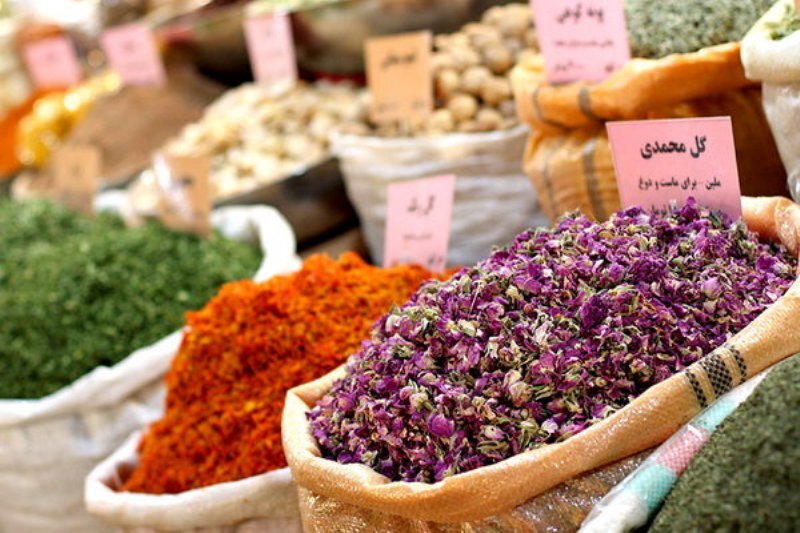How could ancient remedies lift tourism?

TEHRAN - Recent decades have seen a growing interest in medicinal plants and the traditional knowledge of their usage to some extent that some believe the drugs of the future might come from the past.
Due to the side effects of synthetic drugs, the herbal products and the desire for multilateral use of these plants in various pharmaceutical, food, and cosmetic industries are becoming more and more popular again. And such a trend steps up demands for potentially important tourist attractions.
That is why the rural destinations with medicinal herb resources are becoming increasingly popular in Iran and many other countries, especially as a part of alternative medicine.
Iran is a country of exceptional biological and landscape diversity, a huge, untapped potential that could help to improve the tourism offering. Of the 8,425 species of herbs identified in the country, 2,300 are medicinal, aromatic, and cosmetic properties, according to data provided by the Forests, Ranges, and Watershed Management Organization.
Home to thousands of ancient villages, Iran perfectly suits the tastes of many domestic and even international vacationers who are seeking unique natural experiences, unspoiled landscapes, stay in authentic accommodation, and feel local lifestyles.
Sightseers may stop for a rest with a rural or nomadic family for a while or enjoy an independent stay and assist them with day-to-day life. It also opens up an opportunity to feel rustic routines, their agriculture, traditions, arts, and culture whose magic know-hows passed down from generation to generation.
Rural tourism, however, has many definitions, including rural areas, rural communities, and rural experiences. Rural travelers have the opportunity to participate in activities, lifestyles, and traditions of rural communities, which yield a personalized experience of the countryside combined with the usage of local social, cultural, and natural resources.
In Iran, rural development is established as an economic, social, and ecological priority, which is essential to improve the quality of life and the reduction of poverty.
Sustainable rural development in the county depends on the practical application of a combination of ‘multi-functional agriculture’ concepts and an integral approach to an all-encompassing improvement of life conditions and the socio-economic position of the village and rural communities.
Experts believe that medicinal and aromatic plants can help prolong the tourist season and enhance the tourism offering if hard efforts are made to continually track the wants and needs of visitors, build the required tourism infrastructure, and teach and enable tourism workers to organize and conduct so-called aromatic tours.
It is also necessary to facilitate the development of small local farms or cooperatives that could base most or at least part of their activities on medicinal and aromatic plants, considering the fairly large areas of neglected farmland, particularly in lesser-known areas such as the southwestern Chaharmahal-Bakhtiari province.
Such goals can be achieved through an increase of employment opportunities outside agriculture in the light of available resources. Moreover, a special emphasis should be laid on environmental protection and conservation in rural areas, aiming at the preservation of habitats, plant and animal diversity, genetic resources of autochthonous species and races.
Besides, Iran earns some $500 million annually by exporting medicinal herbs. Of the figure, about $350 million of the revenue is related to saffron and the rest is related to other medicinal herbs, according to the Vice Presidency for Science and Technology.
Iranian officials and policymakers in the realm of travel expect rural tourism development to curb and possibly reverse the trend of migration from villages to cities by creating sustainable jobs and prosperity for local communities. Well, we have to wait and see.
AFM
Leave a Comment